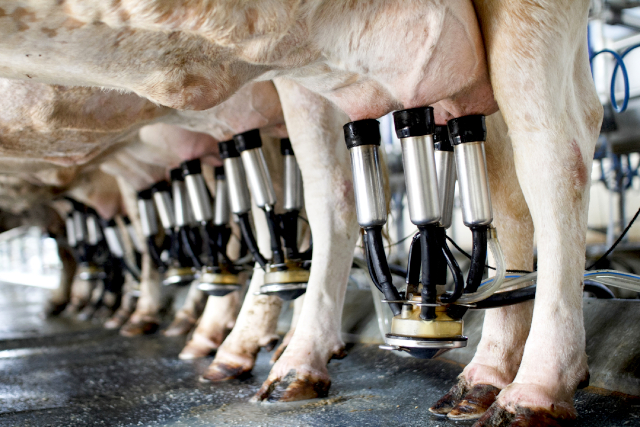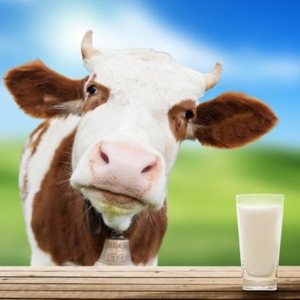There’s a new wave of online influencers spreading dangerous misinformation on the net. They’re the growing cadre of nouveau Raw Milk advocates. And following their recommendations could land you or your kids in the hospital – or worse…
 Pasteurized milk, harvested under sanitary conditions, is the
Pasteurized milk, harvested under sanitary conditions, is the
best way to enjoy ‘nature’s most nearly perfect food’.
They come and go. The raw milk advocates who push their fringe nutritional gospel to the net-surfing masses. And they are met in turn by counter advocates who point out that unpasteurized milk can make you sick. But the raw milk crusaders keep coming back…
The problem with raw milk
The Centers For Disease Control (CDC) underlines the dangers of consuming raw milk:
- Pasteurization is crucial for milk safety, killing harmful germs that can cause illness.
- Consuming raw milk can lead to serious health risks, especially for certain vulnerable populations.
- Choosing pasteurized milk and dairy products is the best way to safely enjoy the nutritional bene-fits of milk.
“It’s important to understand that raw milk can be a source of food borne illness,” CDC stresses. “While good practices on farms can reduce contamination, they cannot guarantee safety from harmful germs.”
Most national jurisdictions require all milk and milk products sold within their borders to be pas-teurized. And that should be ‘end of story’. That’s why, for example, you can’t get certain cheeses anywhere outside the region where they’re made.
But in the US, the decision to allow the sale of raw milk or not has been left to the individual states. And some still allow it. Hence the powerful influencer presence for raw milk online.
The problem with influencers
Food & Wine spotlights one particularly powerful raw milk boosting website: “The infamous Ballerina Farm, which has 10 million followers on Instagram and 9.7 million on TikTok, has previously posted about how they prepare their raw milk, and shared a video of wife and mother Hannah Neeleman drinking a raw milk turmeric latte as recently as this past May.”
At their Kamas Valley, Utah, farm, the proprietors raise and ship boutique beef. And they also grow much of what they eat, including their own eggs and milk.
The problem is… Many of their unsuspecting online followers may be convinced that raw milk is per-fectly okay to drink. While that may be true of the milk the Neeleman’s get from their own cows, con-sumed within hours of milking, the same can’t be reliably claimed of raw milk sold farther from its source. Town and city consumers can’t be sure the raw milk they get was packaged and shipped under proper conditions. Often, they don’t even know how long it’s been in transit.
The nutrition argument
Most raw milk advocates claim that their preferred product contains more nutrients than the past-eurized version. They go as far as to claim that any bacteria in raw milk contribute to gut metabolism health.
The problem with those arguments is, they’re patently false. The bacteria are not pro-biotic. And pasteurization does not destroy any naturally-occurring nutrients.
“Pasteurized milk offers the same nutritional benefits without the risks of raw milk consumption,” CDC assures us. “Since the early 1900s, pasteurization has greatly reduced milk-borne illnesses.”
As a side note: Many jurisdictions requiring pasteurization of milk also require it to be fortified with vitamin D. The D works with the calcium in milk to help grow and maintain strong bones and teeth. You don’t get added D in raw milk.
My take
Raw milk boosters also say it’s richer tasting and more pleasant to drink. I’ve tried it – warm, right out of the cow, and after a few hours refrigeration – on the farm. And I can’t say as I noticed any material difference.
I agree with the CDC, nutritionists and physicians that drinking raw milk is risky. And there’s no rational reason to prefer it over the safe, pasteurized variety…
~ Maggie J.

